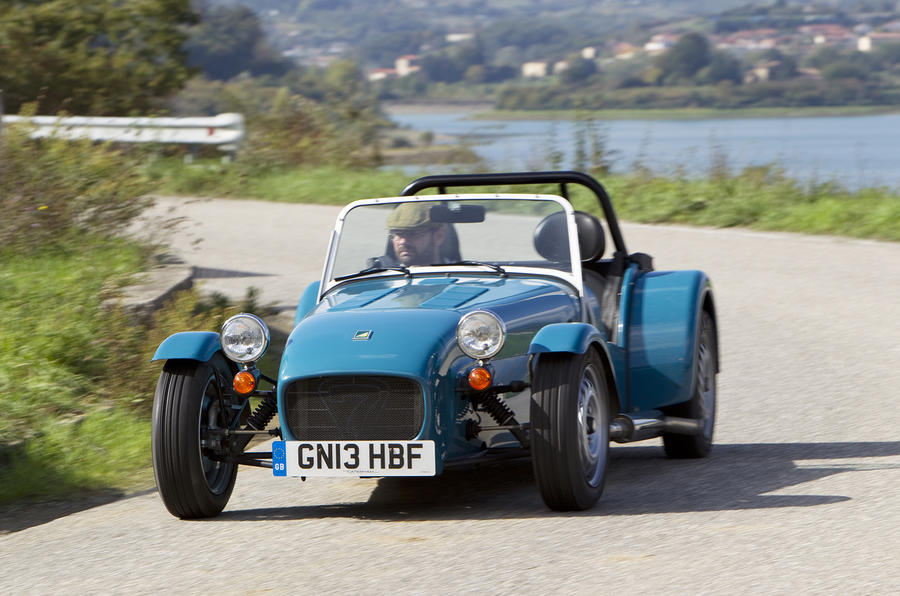Long ago, back when I started buying motoring magazines, one of my favourites was an all black-and-white production whose road tests always featured the same tight, pock-marked “test bend” into which every new car was hurled without fear or favour. Photographs featured florid captions referring to old-school handling conditions such as “front-end kneel”, because cars weren’t even half as stable as they are today.
By the time I started working on motoring magazines we’d discovered colour photography, and road test writers had decided they needed to drive cars a bit further than the distances offered on staged car launches. The manufacturers had discovered the advantages of holding them in sunny climes with deserted roads (perfect for colourful pictures) to which the world’s test-hacks could be brought fairly easily — but only offering comparatively brief driving times on unknown roads — and that’s the system that largely obtains today.
Which is why we make such a fuss about publishing a “first UK test”: this is the first time a car will have been driven in the UK’s uniquely poor conditions, and probably with the steering wheel on the correct side. If you read tests, you’ll have seen occasions when we’ve had to tune our view on a particular car, just because it feels different on this side of the Channel.
The truth is you can learn more about a new car by driving it on three or four miles on roads you know intimately — through well-explored local corners and on surfaces you know — than from 30 or 40 miles of driving in unfamiliar territory. Especially on the wrong side of the road. It’s the photographers and organisers who benefit from foreign sojourns, not the hacks. Except, of course, for a dying breed known as ”launch tourists”. The less said about those the better.
These points came back to me in two incidents last week. The first was when I was driving through a corner in a car I know intimately from having attacked it in all manner of cars for the past 15 years or so. At the apex, there’s a drain-hole cover and in a really precise-steering machine (Caterham, Mazda MX-5, Alfa 4C) you can tuck your inside front wheel in the foot of bitumen between kerb and cover. It’s how I judge whether a car steers really accurately, and by the time we’ve apexed, I know practically everything I need to.
The other was on the Jaguar F-Type coupé launch. We spent most of two days driving the three different kinds of Jaguar F-Type, and of course they were impressive. But it wasn’t until we were leaving the test site to go back to the airport in an Jaguar XJ saloon that I really understood what the coupes had achieved. The XJ felt amazingly loose, even bouncy, on these fast, well-surfaced but uneven Spanish roads — which gave my companion and me a considerably clearer view of the excellence of the F-type coupé's body control. Without that extra input, we wouldn’t have realised how good their suspensions really are










Join the debate
Add your comment
The only way to tell anything about a car really.
It's true, drive a car on a